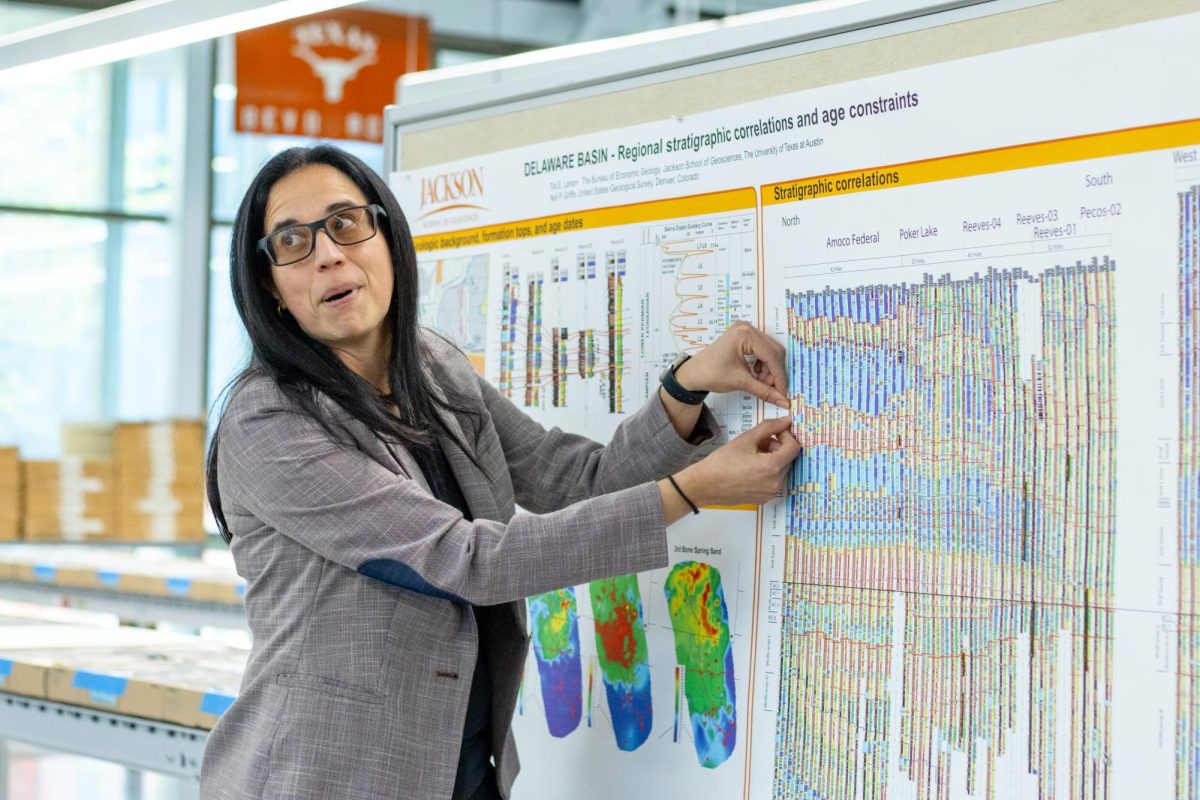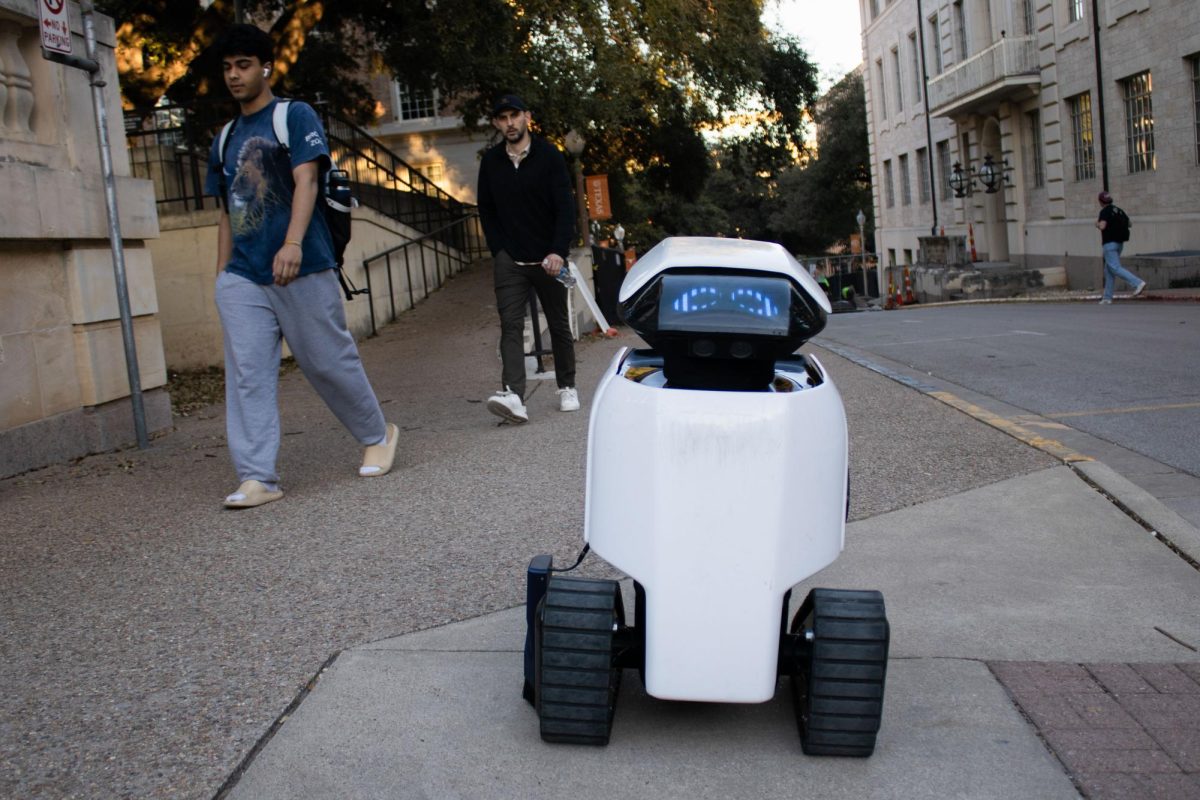Last week’s Nobel Prize in Physics awarded for the detection of gravitational waves may look gold, but it has burnt orange roots.
A slew of UT scientists, professors and alumni have been contributing to the study of gravitational waves for the better part of a century. Many of them made discoveries leading directly to the detection of said waves in 2015 that earned the Nobel Prize in Physics last week.
The prize was given to scientists at the Laser Interferometer Gravitational-Wave Observatory (LIGO), which detected slight ripples in the fabric of space-time caused by the merging of two black holes over one billion years ago. This discovery proved Albert Einstein’s century-old theory of general relativity correct and sent shock waves through the scientific community.
Though Rainer Weiss, Barry Barish and Kip Thorne are the prizewinners of this prestigious award, astronomy professor Craig Wheeler said a village of contributors from UT helped build the base for the discovery.
“(For a time), Texas was the center for people who worked on Einstein’s theory, and experts from all over the world came here to visit,” Wheeler said. “Texas was actually famous for its work, its people, its centers.”
Before black holes were even proven to exist, former UT physics professor John Wheeler studied the mysterious objects in the 1960s and ’70s. He coined the term “black hole” and taught Thorne at Princeton University before joining UT in 1976.
Around the same time, physics professor Bryce DeWitt led the movement to use supercomputers to solve Einstein’s equations, an effort that fast-tracked research on black hole collisions, said Larry Smarr, one of DeWitt’s doctorate students in 1975.
“Professor Bryce DeWitt challenged me to develop mathematical and computational methods so that we could map the full nonlinear Einstein equations of general relativity,” Smarr said in an email.
Smarr used the very same supercomputers to predict that the merging of black holes would emit gravitational waves, which was proven true in last year’s discovery by LIGO.
UT scientists have made breakthroughs in recent years as well. As a doctorate student in 2011, J.J. Hermes worked with astronomy professor Don Winget to detect indirect proof of gravitational waves coming from two spiraling white dwarf stars. It was the first time gravitational waves had ever been detected with visible light.
Though Hermes graduated in 2013 (after serving as an editor of The Daily Texan from 2006-2007), and now works as a Hubble Fellow at the University of North Carolina, he regularly monitors the two stars today and said studying rotating systems like that one is the future of gravitational wave detection.
“These white dwarf systems, they’re constantly emitting gravitational waves, and they will be doing that for millions of years,” Hermes said.
UT physics professor Richard Matzner worked at LIGO for five years and helped predict what waves released by the merging of two black holes would look like.
Matzner said the discovery on behalf of the LIGO scientists was a tremendous technical feat due to the fact that gravitational waves are extremely weak and difficult to detect.
“(Einstein) thought nobody would ever be able to measure these things,” Matzner said. "No one would be able to retrieve the signal. But LIGO did, and that’s amazing.”















